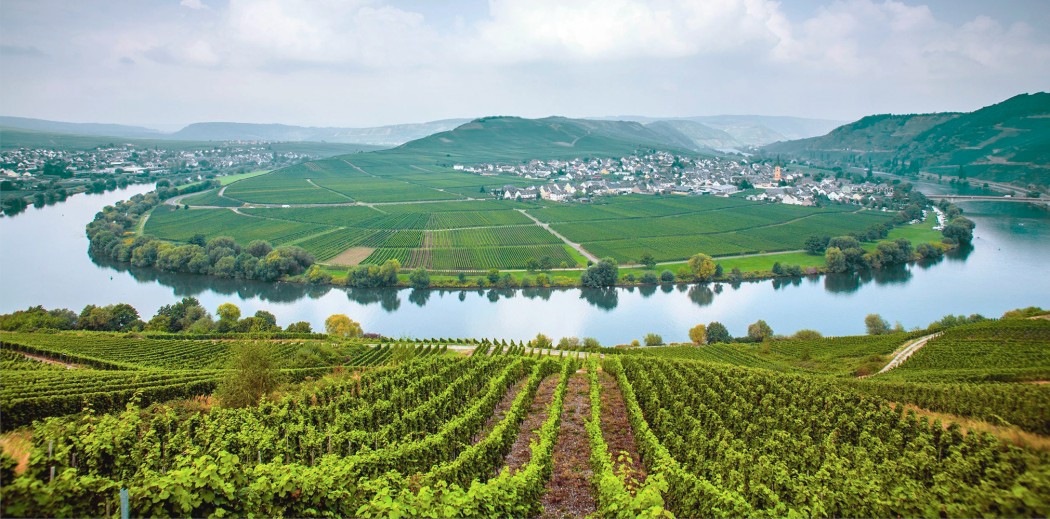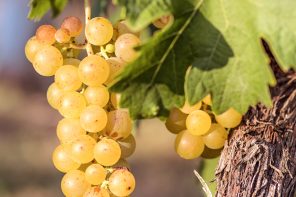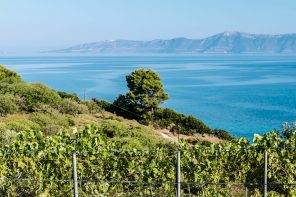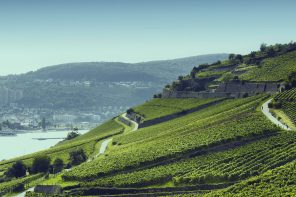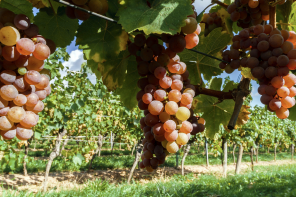Cool climates, steep slopes and Riesling as far as the eyes can see… can you guess where our appellation appreciation is taking us today? That’s right, we’re headed to Germany, home of bratwurst, beer steins and above all, some seriously stellar high-acid white wines.
Out of Germany’s 13 weinbaugebiete, wine regions, that is, there’s one that arguably shines just a little brighter than the rest. We’re talking nearly 10,000 hectares of vines, the planet’s steepest vineyard and world-renowned blue devonian and red slate soils. Welcome to Mosel, Germany’s most colorful and charismatic wine producing region.
Story says that winemaking began in Germany’s Mosel region back in the days of the Romans, who constructed a canal between the Saone and the Rhine for the sake of planting vines. Fast forward over two centuries later, the region has become one of Germany’s shining stars for crisp, high-acid whites. With nearly 10,000 hectares under vines, Mosel claims the title of Germany’s fifth largest wine producing region, albeit, one of the country’s most important. White wine grapes dominate a whopping 90 percent of vineyard plantings, though the small amount of red production (mainly Spatburgunder, AKA, Pinot Noir) has claimed the hearts of domestic and international consumers alike.
Riesling is hands-down the region’s superstar variety, covering nearly 60 percent of vineyard plantings. Muller-Thurgau, Elbling, Kerner and other white wine varieties comprise the remaining 40 percent, though they haven’t gained nearly as much international traction as the beloved Riesling-based wines of the Mosel.
The indigenous Elbling grape is responsible for the notable, high-acid sparkling wines of the region, called Sekt. Wines from the Mosel tend to have a lower alcohol content, striking acidity and bright, fruit-forward flavors tinged with floral notes. Thanks to the zippy acidity within the wines, well-crafted bottles can easily age for decades. The highly-sought after (and pricey!) Eiswein also has a strong presence in the Mosel region.
But not all wine regions are created equal. The Mosel can be further broken down into six Bereiche (sub-regions), 19 Großlagen (‘vineyard designations’) and 524 Einzellagen (single vineyards), not all of which are suitable for growing Riesling. Such production is extremely dependent on distinct microclimates and terroirs. As a whole, the Mosel is known for its cool, continental climate; that being said, the best vineyards are located along the river, which helps retain heat and reflect sunlight onto the vines. In addition, the region’s famed slate soils also assist in retaining heat, as well as providing optimal draining properties.
Understanding Germany’s classification system can be a little tricky, but thanks to the Mosel (and its easily identifiable green bottles), choosing unforgettable wines from Germany has never been easier!

